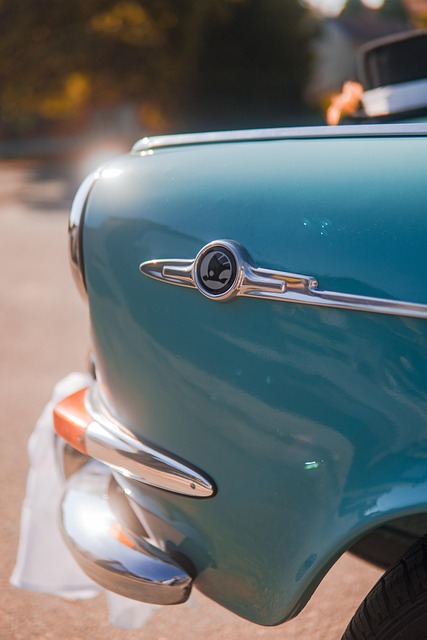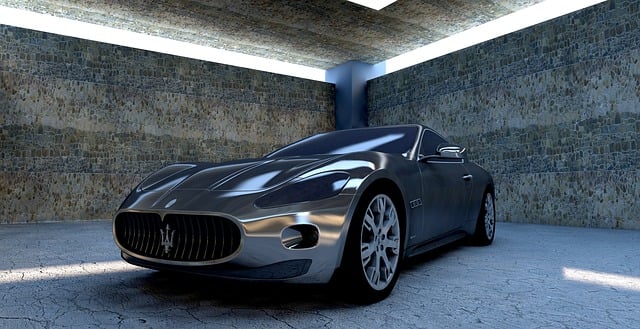When shipping a classic car, choose Enclosed vs. Open Car Transport based on vehicle value and condition. Enclosed transport offers maximum protection from weather, dust, and vandalism for precious classics, while open transport is less expensive but exposes vehicles to external elements and potential road hazards, suitable for sturdier cars designed for outdoor conditions. Enclosed shipping ensures pristine arrival, despite higher costs, providing peace of mind for classic car owners.
“Unleash your classic car passion without sacrificing peace of mind with our comprehensive guide to shipping services and insurance. In today’s digital era, safeguarding vintage vehicles during transit is paramount. We explore the nuances of enclosed vs. open car transport, delving into their distinct advantages and considerations.
From understanding the differences between these shipping methods to unraveling the intricacies of insurance options, this article equips you with vital knowledge for a seamless classic car transportation experience.”
- Understanding Enclosed and Open Car Transport: A Detailed Look
- Advantages and Considerations of Enclosed Car Shipping Services
- Insurance Options for Classic Cars During Transit: What You Need to Know
Understanding Enclosed and Open Car Transport: A Detailed Look

When considering classic car shipping, understanding the difference between enclosed and open transport is crucial. Enclosed vs. Open Car Transport refers to how the vehicle is secured and protected during transit. Enclosed transport offers maximum protection from elements like weather, dust, and vandalism. Cars are loaded into sealed carriers, ensuring they remain untouched and safe from potential damage sources. This method is ideal for precious or rare classics that require the utmost care.
In contrast, open transport exposes the vehicle to external factors. Cars are transported on flatbed trucks without a protective cover. While it’s less expensive than enclosed transport, it increases the risk of damage due to weather conditions and potential road hazards. Open transport is suitable for cars that are less valuable or those with sturdy construction designed to withstand outdoor shipping.
Advantages and Considerations of Enclosed Car Shipping Services

Enclosed car shipping services offer several advantages over open transport methods, particularly for classic cars that require special care and protection. One of the primary benefits is security; enclosed carriers protect vehicles from direct exposure to weather conditions, road debris, and potential damage from other vehicles during transit. This is especially crucial for delicate classics with intricate details, finishes, and mechanics that could be compromised by rough handling or environmental factors.
When considering enclosed vs. open car transport, it’s essential to weigh the trade-offs. While enclosed shipping provides a safer environment, it may come at a slightly higher cost due to the specialized equipment and reduced loading/unloading time compared to open carriers. However, for precious classic cars, the added security and peace of mind offered by enclosed transport can be invaluable, ensuring their arrival in the same condition they left.
Insurance Options for Classic Cars During Transit: What You Need to Know

When shipping a classic car, understanding your insurance options is crucial. The primary distinction lies in the choice between enclosed and open transport methods. Enclosed carriers provide a secure, weatherproof environment, ideal for protecting valuable classics from potential damage during transit. This method is often preferred for high-end or rare vehicles.
In contrast, open transport exposes the car to elements like sun, rain, and road debris, potentially leading to dents, scratches, or even more severe damage. While it’s typically cheaper, open shipping may not be the best choice for classic cars with intricate details or a delicate finish. Ensuring comprehensive insurance coverage is essential, considering the varying risks associated with each transport method.
When shipping a classic car, choosing between enclosed and open transport depends on your vehicle’s needs and budget. Enclosed shipping offers protection from weather and potential damage, while open transport is more cost-effective for lighter vehicles. Understanding these options and selecting the right insurance is crucial to ensure your classic car arrives safely. By considering both factors, you can navigate the shipping process with confidence, knowing your precious vehicle is in good hands.
